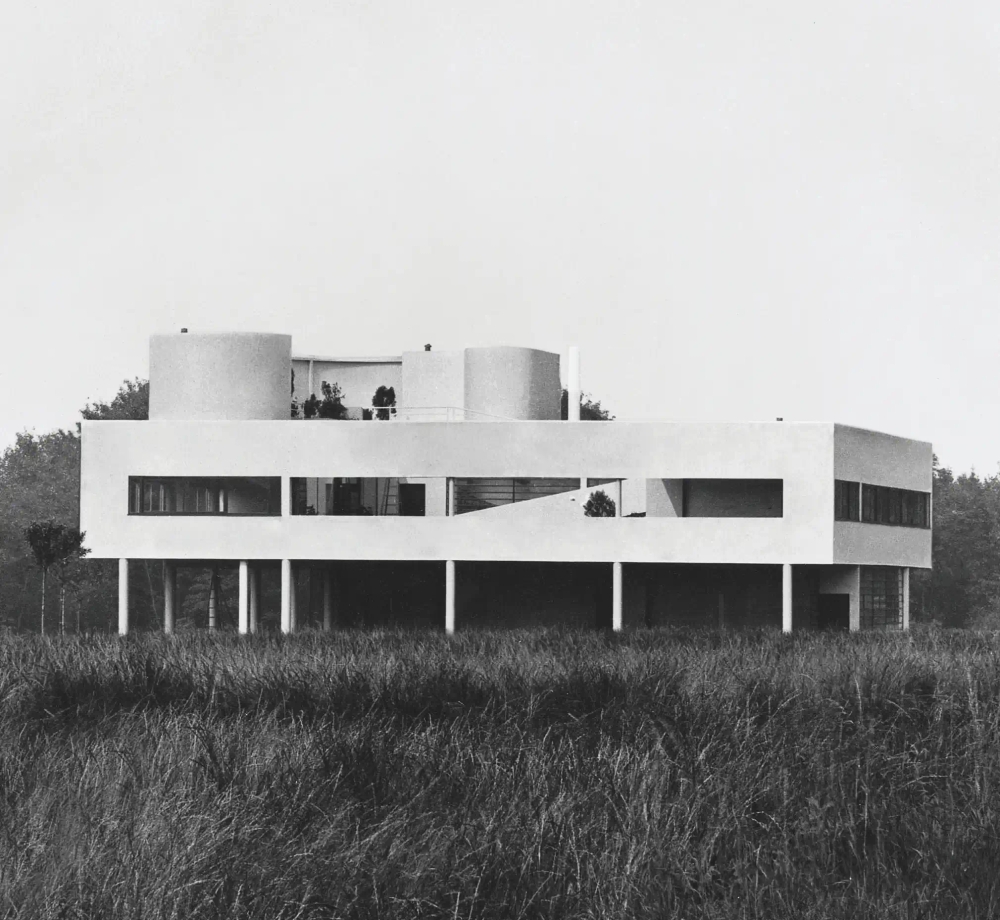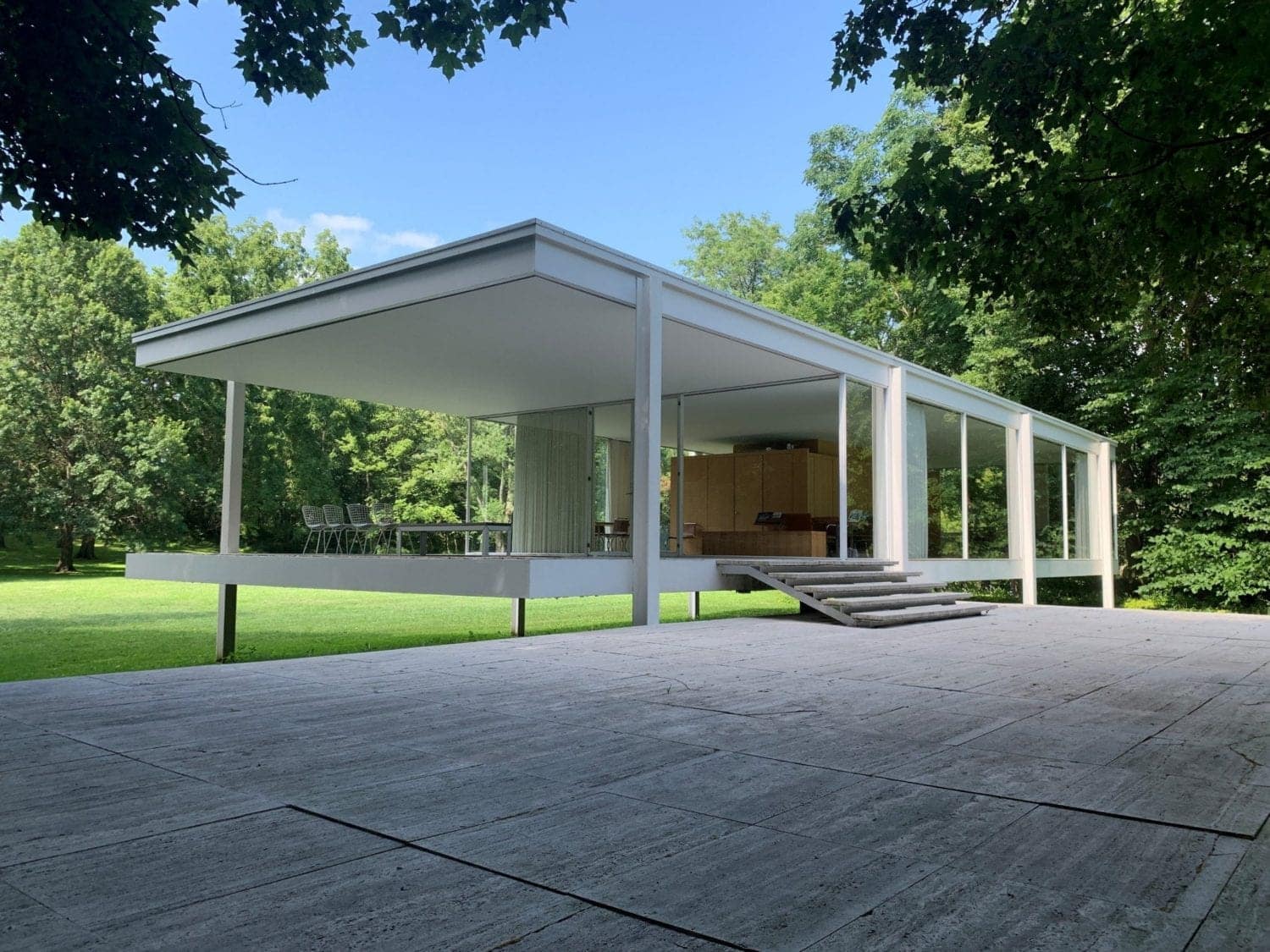Published
- 3 min read
Modern and Contemporary Architecture. Giants and Visionaries'

Architecture is a reflection of its time.
It is shaped by technology, social values, and cultural shifts. Two major movements that have transformed the built environment are modern architecture and contemporary architecture. Though often confused, these movements differ in both time period and ideology.
Understanding the Movements
Modern Architecture
Emerging in the late 19th and early 20th centuries, modern architecture was a response to industrialization. Architects broke away from ornate styles of the past, favoring clean lines, functionality, and new materials like steel and reinforced concrete.
Contemporary Architecture
Contemporary architecture refers to the evolving styles of today, typically from the late 20th century onward. It’s not one single style but a collection of diverse approaches. Sustainability, digital fabrication, and social context play a central role in these designs.
Modern Architecture Giants
🧱 Le Corbusier
One of the pioneers of modernism, Le Corbusier introduced the concept of open floor plans and was known for his love of concrete. His “Five Points of Architecture” became a modernist manifesto.
Key Work: Villa Savoye, France
 Le Corbusier: Villa Savoye, Poissy, France, 1929
Le Corbusier: Villa Savoye, Poissy, France, 1929
Built on the outskirts of Paris, the Villa Savoye stands as Le Corbusier’s physical manifesto for his “five points” of new architecture: raising the building on stilts, or pilotis, to free up space at ground level; the “free plan”, liberating rooms from the constraints of walls*
🖼️ Mies van der Rohe
Famous for the phrase “Less is more,” Mies championed minimalism and transparency. His buildings often featured steel frames and glass walls.
Key Work: Farnsworth House, USA

🎨 Walter Gropius
Founder of the Bauhaus school, Gropius believed in uniting art, craft, and technology. His influence helped spread modernist design across the globe.
Key Work: Bauhaus Dessau, Germany
🌿 Richard Neutra
A leader of California modernism, Neutra integrated architecture with nature. His houses often feature sliding glass walls and strong indoor-outdoor connections.
Key Work: Kaufmann Desert House, USA
Contemporary Visionaries
🌊 Zaha Hadid
Nicknamed the “Queen of Curves,” Hadid created bold, flowing structures that defy gravity and symmetry. Her futuristic designs used cutting-edge tech and digital modeling.
Key Work: Heydar Aliyev Center, Azerbaijan
🌱 Bjarke Ingels (BIG)
A Danish architect with a playful approach, Ingels blends sustainability with bold design. His work is often both environmentally conscious and fun to live in.
Key Work: 8 House, Denmark
🏞️ Glenn Murcutt
An Australian architect known for his motto, “Touch the earth lightly,” Murcutt designs modest, climate-sensitive homes that respect the land.
Key Work: Marika-Alderton House, Australia
🏔️ Todd Saunders
Working primarily in remote areas like Norway and Canada, Saunders creates buildings that feel like art pieces—crafted with intention and rooted in place.
Key Work: Fogo Island Studios, Canada
🎋 Kengo Kuma
Kuma reinterprets Japanese tradition through modern materials and eco-conscious design. His work often features natural textures, soft light, and a human scale.
Key Work: Asakusa Culture and Tourism Center, Japan
Further Reading
If you’re interested in diving deeper into the differences between modern and contemporary architecture, check out this guide:
👉 Modern vs. Contemporary Architecture
You can also explore:
- “Modern Architecture: A Critical History” by Kenneth Frampton
- “Towards a New Architecture” by Le Corbusier
- “Yes Is More” by Bjarke Ingels
- “Zaha Hadid Complete Works” by Aaron Betsky
- ArchDaily and Dezeen for the latest trends and projects